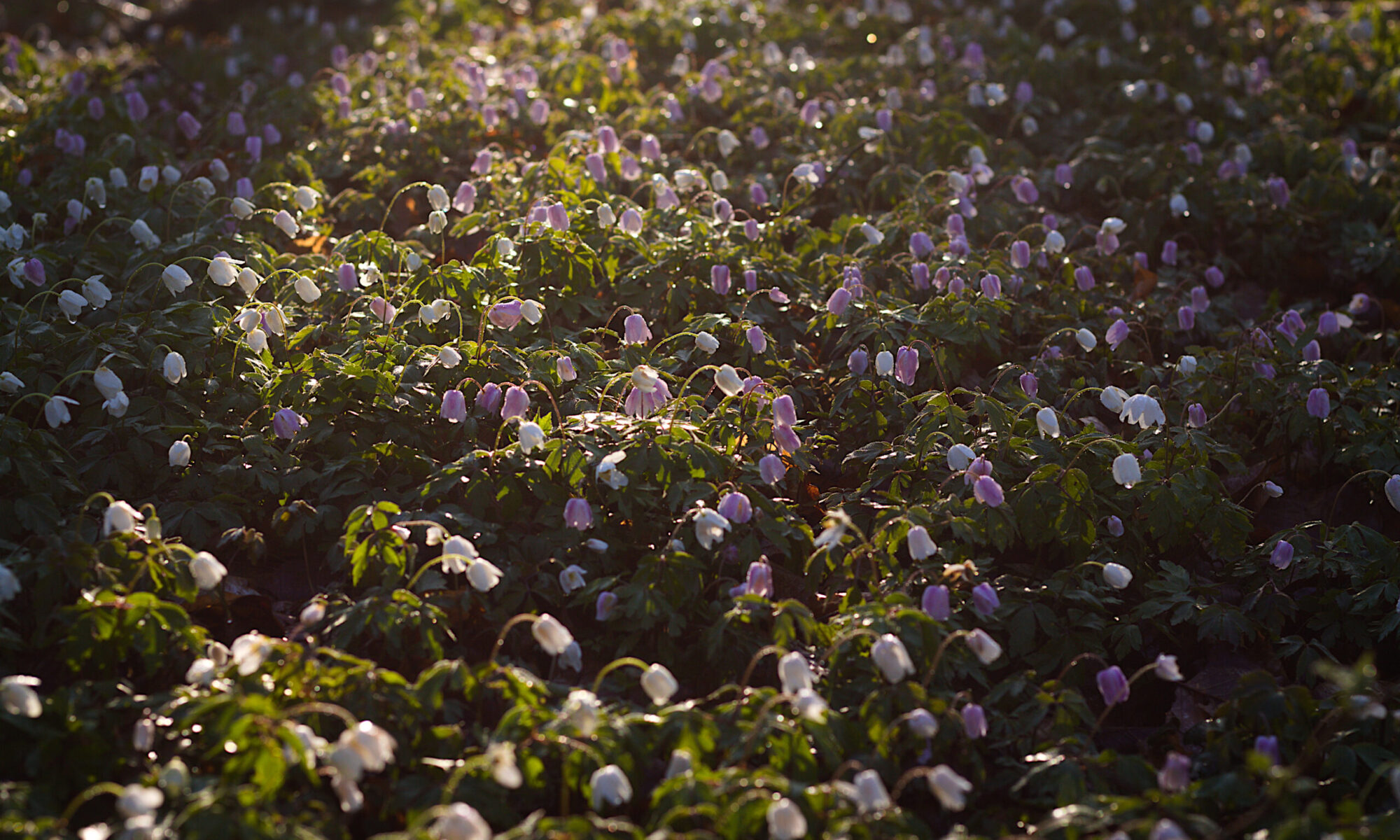Colourful flowers for your garden or balcony
The colourful blend of flowers provides a broad diversity of nutrition for bees and other insects and is a joy to the eye at the same time. Due to the variegated selection of plants they are supposed to flourish at different times of the year, from May until frost is setting in. As soon as the plants are grown they are very easy to take care of.
Sowing
- no frost more should be expected (ca. end of April)
- sowing depth: 0,5-2 cm
- seed rate: one bag contains ca. 12 g, which is enough for ca. 12 m² To make sure, that you do not sow the seeds too densely, you can mix them with sand before sowing.
- germination: at soil temperatures from 12 to 20° C within 10 to 14 days
- Caution! If sown too densely, only the strongest will establish themselves and others don’t have a chance to grow.
- Please keep the soil moist, if it dries out during germination, the seedlings will die.
Please do not sow the seeds on an existing lawn, the flowers can not prevail against the grass. An empty, loosened area is ideal for the development of the flowers. The seeds are coated, which means, they bring the most important nutrients for a good start with them. Fertilizer is usually not necessary.
The seeds should only be used in your garden or in a large container to prevent non-native plants from running wild.
Blooming period
May until frost is setting in
Life cycle
The blend contains annual and perennial plants.
In principle, the annual plants can self-seed, but some do not really tolerate the winter in our regions. This also includes phacelia, which is very popular among all species of bees. But it is very easy to harvest the seeds (especially phacelia is very productive), so if you want, you can create your own seed supply for next year.
Height
Ca. 25-80 cm
Nutrients and water uptake do essentially influence the height of the plants.
Maintenance and habitat
Once grown up, the plants need little to no maintenance.
All soils and habitats in Central Europe
(To my colleagues from the North: Just give it a try, the last blend from 2020 has made it up to Southern Norway and developed pretty well there in a garden)
The plants develop better outdoors, but it’s also possible to grow them in some kind of (not too small) container. Maybe you like a flower strip at the edge of the lawn or even small patches in the green? However, the respective area must be prepared, unfortunately the seeds cannot be sown directly into the lawn.
If you do not have the possibility to place the seeds somewhere or you don’t like gardening so much, just feel free to give the seeds to someone else.
Composition
Adonis aestivalis, Anethum graveolens, Calendula officinalis, Centaurea cyanus, Clarkia amoena, Clarkia amoena, Consolida regalis, Convolvulus tricolor, Coreopsis
Coriandrum sativum, Cosmos bipinnatus, Cosmos sulphureus, Cynoglossum amabile, Dracocephalum moldavica, Echium vulgare, Eschscholzia californica, Fagopyrum
Foeniculum vulgare, Gilia capitata, Gilia tricolor, Glebionis segetum, Guizotia abyssinica, Gypsophila elegans, Gypsophila repens, Gypsophila vaccaria, Helianthus annuus, Helipterum roseum, Iberis sempervirens, Linaria, Linum grandiflorum, Linum perenne, Linum tenuifolium, Linum usitatissimum, Malcolmia maritima, Mertensia, Nemophila sp., Nemophila maculata, Nigella damascena, Onobrychis viciifolia, Osteospermum, Papaver commutatum, Papaver rhoeas, Papaver rhoeas, Phacelia, Reseda odorata, Silene, Silene coeli-rosa, Sinapis alba, Trifolium resupinatum, Vicia sativa
It may happen that not all of the plants listed above are present in your bag. But it will still be a beautifully coloured bee and insect pasture!
Pictures
Of course I’m always happy to see your flowers grow.
Many thanks to everyone who sent their photos from the 2020 power flowers, so great! Here are a few impressions:

